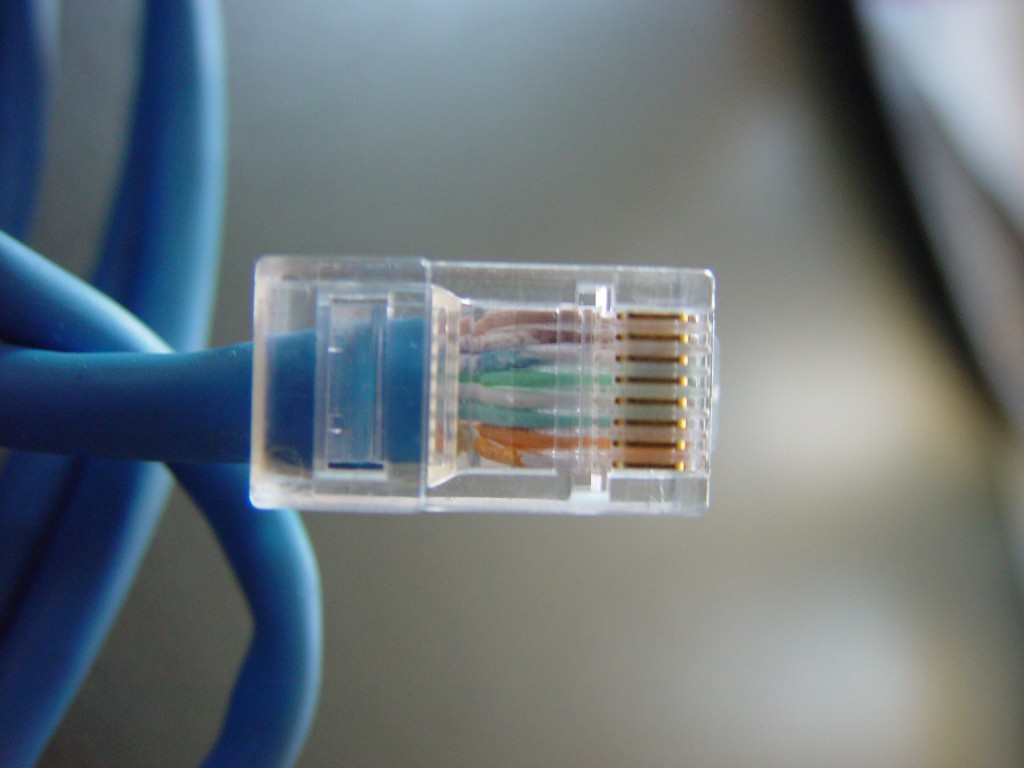So, you have decided that you are going to install your own security camera system. Among the many choices you will have to make is the type of cable you will use to connect your cameras to the DVR. There are many options and your choice will depend on your level of proficiency running the cable, the distance you need to run the cable and the environment the cable will run in. Here is a brief run down of your cable choices:
Pre-fabricated cable are the simplest form of cable because they are basically plug and play and will usually run both your power and video on one cable with the BNC connectors already installed on each end. They are available in various lengths. The most common lengths are 25’ft, 50’ft, 100’ft and 150’ft. They can also be found with power, video and audio in one cable. These cables are usually lower quality than true coax options, but are suitable for most basic installations. They are also among the least expensive options.
– Siamese Cable:
Most professionals in the security industry will use Siamese cable. Siamese cable is actually the combination of two cables in one. It includes RG59 for video transmission and 18/2 for power. Siamese cable uses a true copper core which is more efficient for transmitting video that pre-fabricated cable. This cable is usually purchased in spools of either 500’ft or 1000’ft and is cut to the length you need. This cable also requires the installer to terminate the cable themselves using their own preferred form of BNC connectors. This option is usually acceptable for runs up to 1000’ft.
– Combination of Coax and 18/2:
Sometimes you cannot run power and video back to a single point. In this case you can use separate runs of Coax such as RG59 or RG6 and power such as 18/2 or 18/4. This option is usually more expensive but is sometimes the only option. This option is usually acceptable for runs up to 1000’ft.
– Cat5 or Cat6:
There are several benefits to using Cat5. Eventually the CCTV industry will migrate to an all IP solution. Network cameras do not transmit over Coax. A Cat5 or Cat6 cable would allow you to migrate to IP cameras in the future without the need for new cabling. In order to use Cat5 or Cat6 you will need to use video baluns. Baluns are available with video only, video and power, and video, power and audio. The more pairs used for transmission, the longer the distance you will get. In general, video will transmit up to 1200 feet with passive video baluns and can transmit 2000 or more feet with active baluns. Power will not run those distances, so when running further than a few hundred feet you will need to run power separately.
– Fiber:
Fiber is typically the best option, but is the most difficult to install and by far the most expensive. The benefit of fiber is the long distances you can run which is typically miles. Fiber would require the use of expensive transmitters and receivers that convert the video signal from analog to digital and back to analog again. You cannot run power over fiber so you would need to run fiber separately.


